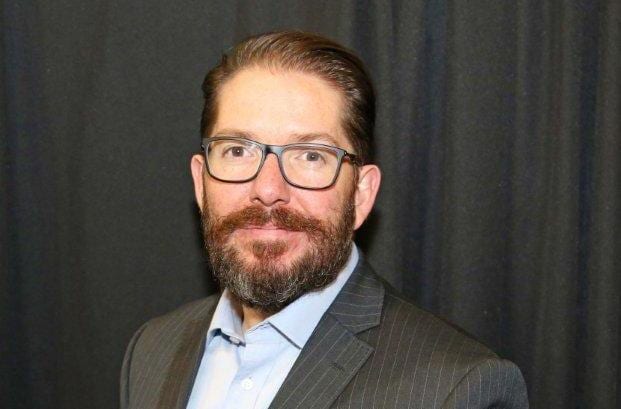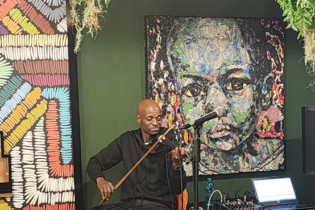 Hey, did you hear the one about Pope Francis shocking the world by endorsing Donald Trump for president? He even released a statement! And, oh my gosh, this story must be shared fast, far and wide, a woman stabbed her husband to death because he neglected her sexual needs (we don’t really want to go into the details, but yeah you can find the story easily enough).
Hey, did you hear the one about Pope Francis shocking the world by endorsing Donald Trump for president? He even released a statement! And, oh my gosh, this story must be shared fast, far and wide, a woman stabbed her husband to death because he neglected her sexual needs (we don’t really want to go into the details, but yeah you can find the story easily enough).
Fake, fake, fake! Yet, these two stories together received almost 1,5 million Facebook engagements and are but two of the 50 top “fake news” articles of 2016 (there are a gazillion more, really.)
People (general statement alert) will believe just about anything, especially if it is in writing. It’s got to be true if it’s on a news site right? And the more salacious it is or the more it speaks to a person’s emotions (generally politics and crime) the higher the shares. Added to this, social media platforms allow people to share, react and comment, and so hoaxes speedily grow out of proportion until fiction cleverly disguises itself as fact, damaging trust, people and brands.
Fake new sites are the only real thing about this new phenomenon and these sites are exploding.
So, how can you protect yourself from becoming deceived and misled – the proverbial sitting duck? And, more importantly, how do you protect your brand from fake news? Who is responsible?
One way is to get back to basics. Be a journalist yourself and go to the primary source. Find out who is the originator. Chances are it’s not the traditional editor of a reputable newspaper, but a dude (or dudette) in slippers with way too much time and imagination on his/ her hands. All that is needed is a laptop or other device and voila, published!
Because fake news spreads faster that spilt milk, monitor, monitor, monitor! Constantly check where your brand is being mentioned. Or else, you will cry. And think carefully about your defence strategy. Have one in place now already, so that fake news and alternative facts can quickly be addressed with the public. Speed here is key. You need to double click for every fake news click or the damage is done.
Unfortunately, you have to be afraid. Be very afraid, as even technology is catching up with fake news. Dubbing has never been so in sync, making even videos no longer believable (oh where have the good ol’ days of badly dubbed Jackie Chan movies gone). This is extremely dangerous as it is now no longer only about what you read, but also what you see and hear.
Nick Bilton summed up the hazard of fake news well (honestly) in Vanity Fair magazine recently. He said: “The Comet Ping Pong story, and the even more disturbing news of the Kremlin’s role in our [US] election, merely underscore fake news’s rapid ascent from an amorphous notion to perhaps the most significant digital epidemic facing the media, government, and, at the risk of sounding mildly hysterical, democracy itself.”
Don’t get conned! Let Madex shed more light. With more than 20 free lectures, Madex will tackle the fake news phenomenon plus much more, including “an influencer marketing campaign”, “virtual and augmented reality”, “mobile marketing strategy”, “artificial intelligence”, “infobesity”, “niche curation”, “e-mail marketing” and “effective measurement”.
The seminar programme can be viewed here.
You can pre-register now for free at www.madex.co.za.
Madex takes place at the Sandton Convention Centre on 07 June and 08 June 2017. The show is co-located with Markex 2017, Africa’s premier promotional product event. One ticket allows you to visit both show.
Expo expert extraordinaire, Nick Sarnadas is the Madex 2017 event director at Specialised Exhibitions Montgomery. With enough coffee, Nick feels that all things are possible – they might be highly unlikely, but they are possible.






